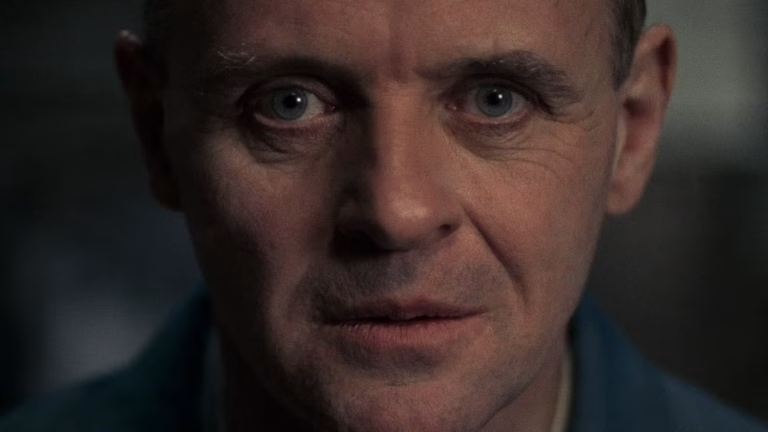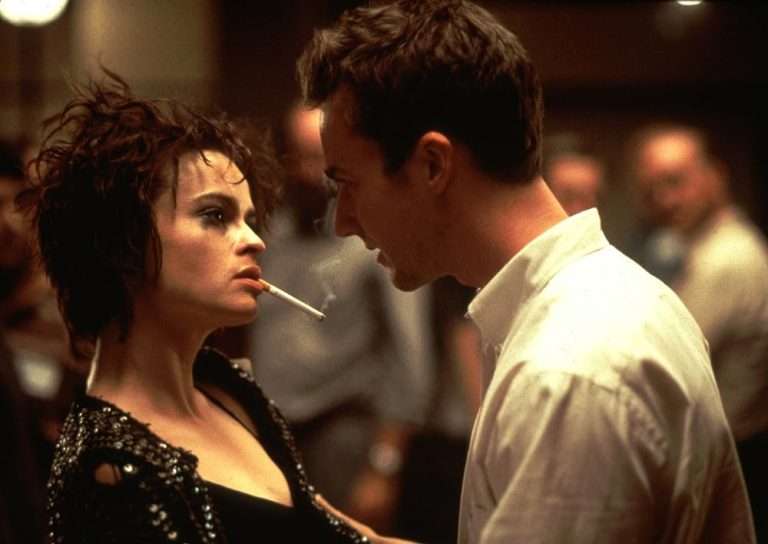The Substance (2024) is a satirical body horror film written, directed, and co-produced by Coralie Fargeat. The story centers on Elisabeth Sparkle (Demi Moore), a fading celebrity who is fired from her TV show for being deemed too old. Desperate to regain her youth and career, she turns to a mysterious black market drug known as The Substance, which has the ability to create a younger version of herself named Sue (Margaret Qualley).
The program comes with strict rules: Elisabeth and Sue must alternate every seven days, sharing the same consciousness. As they navigate this bizarre arrangement, unexpected and grotesque side effects begin to unravel their lives. The film blends dark humor and body horror, drawing comparisons to Cronenberg’s work, with stellar performances from the cast. Some view it as a grotesque fever dream that explores themes of identity, obsession with youth, and the price of vanity. Set in both urban and isolated locations, the moody, stark environments reflect the protagonist’s shifting mental state.
Costume designer Madeline Fontaine uses fashion to visually express the character’s descent into addiction, with the production design gradually distorting reality. The film also draws from classic body horror, with graphic physical transformations that enhance its unsettling atmosphere. Uniquely, The Substance presents a female-centered narrative on addiction, exploring societal pressures on women, body image, and autonomy.
Fargeat’s bold visual style, blending striking cinematography and visceral sound design, keeps the audience in a state of unease, especially during the film’s hallucinatory sequences. Early reviews have praised its psychological depth, describing it as a “thinking person’s horror movie,” making it a standout in contemporary horror cinema for its combination of gripping performances and dark exploration of human desire.
In this article, we dive into some juicy, interesting facts about Coralie Fargeat’s The Substance that you probably didn’t know about.
1. Casting Change and Tribute
Ray Liotta was originally cast in The Substance in February 2022 but passed away in May of that year before he could film his scenes. Dennis Quaid replaced him in the role, but Liotta’s contribution was acknowledged in the director’s “Thank You Notes” during the credits. Liotta was renowned for his performances in iconic films such as Goodfellas (1990) and Field of Dreams (1989), while Dennis Quaid has had a diverse career with notable roles in The Right Stuff (1983), The Parent Trap (1998), and The Day After Tomorrow (2004).
2. Margaret Qualley’s Prosthetic Transformation

Margaret Qualley revealed in interviews that the breasts shown in the film were prosthetics, designed by French makeup artist Pierre Olivier Persin. Qualley humorously remarked, “Unfortunately, there is no magic boob potion, so we had to glue those on. Coralie Fargeat found an incredible prosthetic team to endow me with the rack of a lifetime, just not my lifetime.” Known for her roles in Once Upon a Time in Hollywood (2019) and Maid (2021), Qualley showcases her versatility in The Substance. Directed by Coralie Fargeat, whose previous film Revenge (2017) gained critical acclaim, the movie features notable technical contributions.
3. Demi Moore’s Experience with On-Screen Nudity
Demi Moore shared her apprehension about filming full nudity at age 61, describing the experience as one that made her feel vulnerable. She credited her co-star Margaret Qualley, who was 29 at the time and played a younger version of her character, for making her feel comfortable on set. Qualley also performed fully nude, and Moore noted, “I found someone who was a great partner who I felt very safe with. We obviously were quite close—naked—and we also found a lot of levity in those moments, given how absurd certain situations were.” Demi Moore is widely recognized for her performances in Ghost (1990) and A Few Good Men (1992).
4. Distribution Changes and Acquisition
Universal Pictures was initially set to distribute The Substance through their partnership with the film’s production company, Working Title. However, at some point during production, Universal withdrew from the project. Multiple sources reported to The Hollywood Reporter that Universal had concerns about the film’s release potential. Ultimately, Mubi acquired the worldwide rights to the film shortly before its premiere in competition at the Cannes Film Festival.
5. Historic Screening in Vietnam
The growing list of intriguing facts about The Substance also leads to the film being the first body horror feature to receive permission for screening in Vietnam, with only 1 minute and 30 seconds of footage removed, as reported by the distributor.
Also, Read: The Substance (2024) Movie Ending Explained, Themes Analyzed & Body Horror’s Subversion Of Beauty Politics
6. Demi Moore’s Influence on Casting
Demi Moore was not the initial choice for Coralie Fargeat. However, during a meeting in Paris, Moore presented Fargeat with a copy of her 2019 memoir, which ultimately persuaded the director to cast her. The memoir illustrated Moore’s relationship with her body throughout the early and peak years of her film career.
7. Demi Moore on Body Image and Ambition
Given the film’s overt and challenging exploration of body image, Demi Moore referenced movie critic Roger Ebert in her autobiography, Inside Out (2019). Ebert noted the contrast between her body portrayals in G.I. Jane (1997) and Striptease (1996), along with earlier roles in Indecent Proposal (1993) and Disclosure (1994), stating, “all these women test the tension between a woman’s body and a woman’s ambition and will.” Moore responded, “It’s gratifying…someone…smart…got it.”
8. Cannes Film Festival Recognition
One of the notable facts about The Substance is that it became Mubi’s top-grossing release and received the longest-standing ovation of any film presented at the 2024 Cannes Film Festival.
9. Challenges of Transformation
Demi Moore’s skin became excessively raw and irritated while filming the scene where Elisabeth frantically reapplies her makeup multiple times before ultimately rubbing it all off. After approximately 11 takes, the film’s makeup team intervened, urging director Coralie Fargeat to halt further takes to prevent Demi from injuring herself or developing a severe facial rash. Additionally, Moore spent six to nine hours in the makeup chair before filming to apply prosthetics for the scenes in which Elisabeth transforms into a sickly-looking crone, followed by two hours to remove them afterward.
10. Dedication to Craft
Director Coralie Fargeat revealed that Dennis Quaid was so dedicated to making Harvey’s shrimp-eating scene as repulsive as possible that he consumed approximately two kilos of shrimp during the various takes. Meanwhile, to prepare for her role, Margaret Qualley would walk around her home in character as Sue, which her husband found unsettling and disliked.
11. Literary Inspiration
The film is partially inspired by Oscar Wilde’s The Picture of Dorian Gray, which tells the story of a man who avoids aging by allowing the signs of age to manifest on a portrait of himself instead of his actual body. In Wilde’s tale, the portrait gradually becomes more monstrous, reflecting Gray’s immoral behavior—similar to how Elisabeth’s body quickly decays when Sue attempts to abuse The Substance. Gray ultimately hides the portrait in a more private part of his home and even stabs it. This theme is echoed in the film when Sue punctures a hole in the poster of Elisabeth hanging in the living room and subsequently hides it in a secluded room.
12. Influences on Filmmaking
One of the most interesting facts about The Substance is that the film drew inspiration from acclaimed body-horror filmmakers such as David Cronenberg and John Carpenter. Additionally, the classic film Vertigo influenced Coralie Fargeat’s work, delving into themes of rebirth and hypersexualization.
13. Distinctive Visual Style
Her style is characterized by a wide-angle lens and an up-from-exploitation aesthetic. Influences on her work include A Clockwork Orange, cutting-edge television commercials, and hallucinatory themes.
14. Feminist Themes and Commentary
The film is marked by its feminist outrage regarding how women have been governed by the world of images. Fargeat skillfully balances absurdity with sharp commentary on the trillion-dollar cosmetic enhancement industry.









